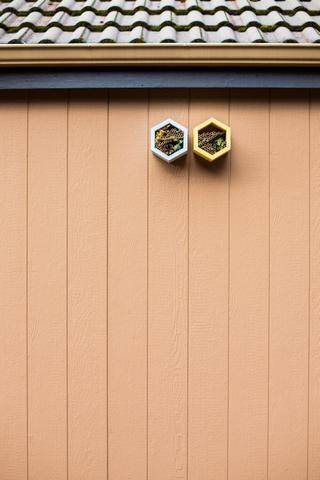Trish Stretton
Deeply Rooted
AND yet, under my burn pile that I removed last month was lovely garden dirt, which I moved for the base of my potato bed. The top 1/2 is 2019/2020 soiled stall bedding, removed last November, now the poo is broken down and ready to grow stuff. The ashes Will turn into soil if left alone and plants like beets like some ash.
How long do you leave your ash for, before using it?
I suppose its just a sprinkle around the seedlings?





